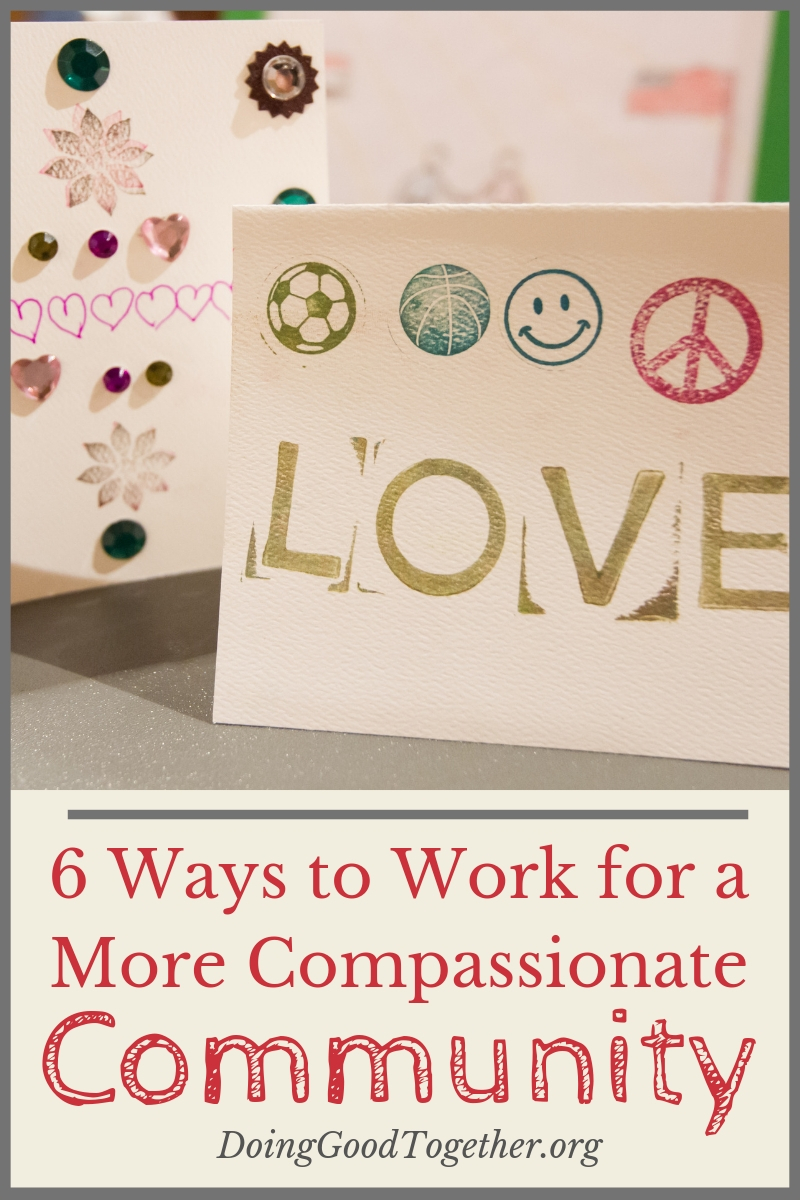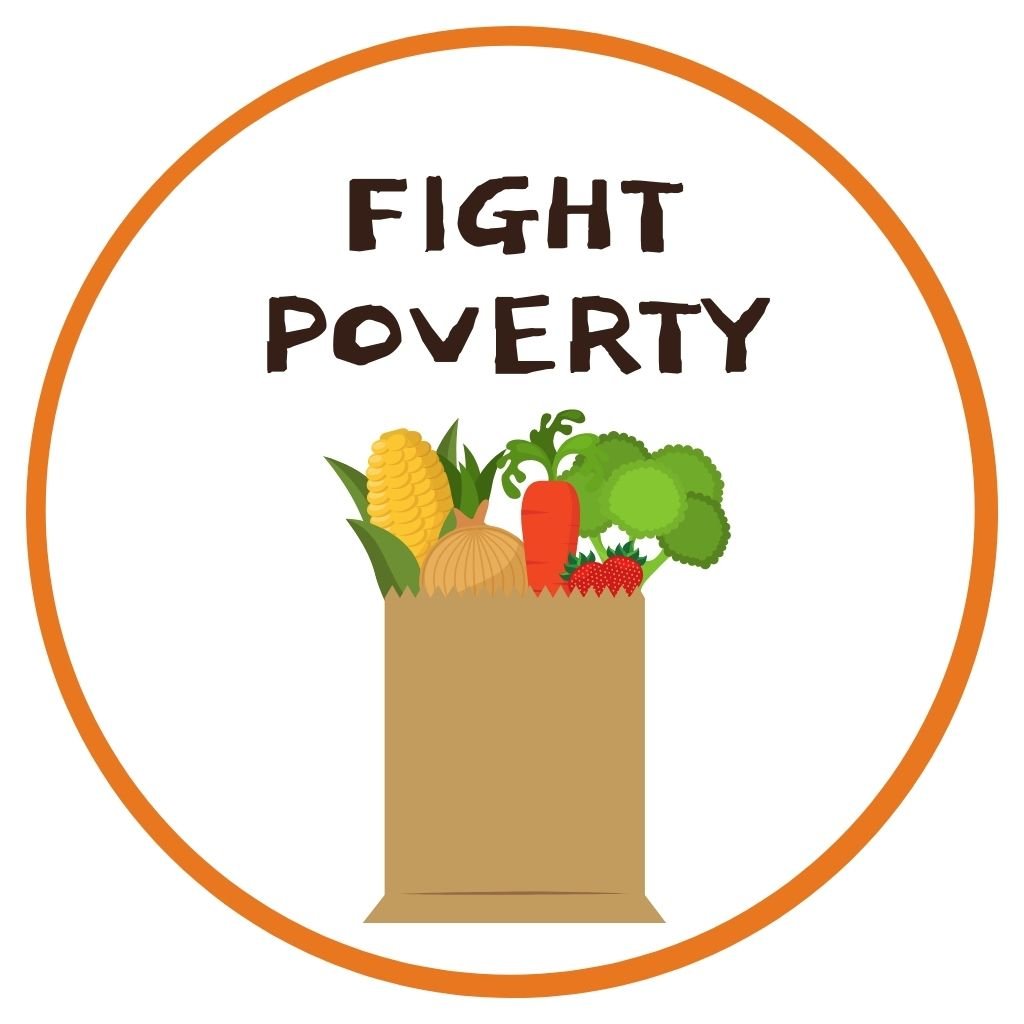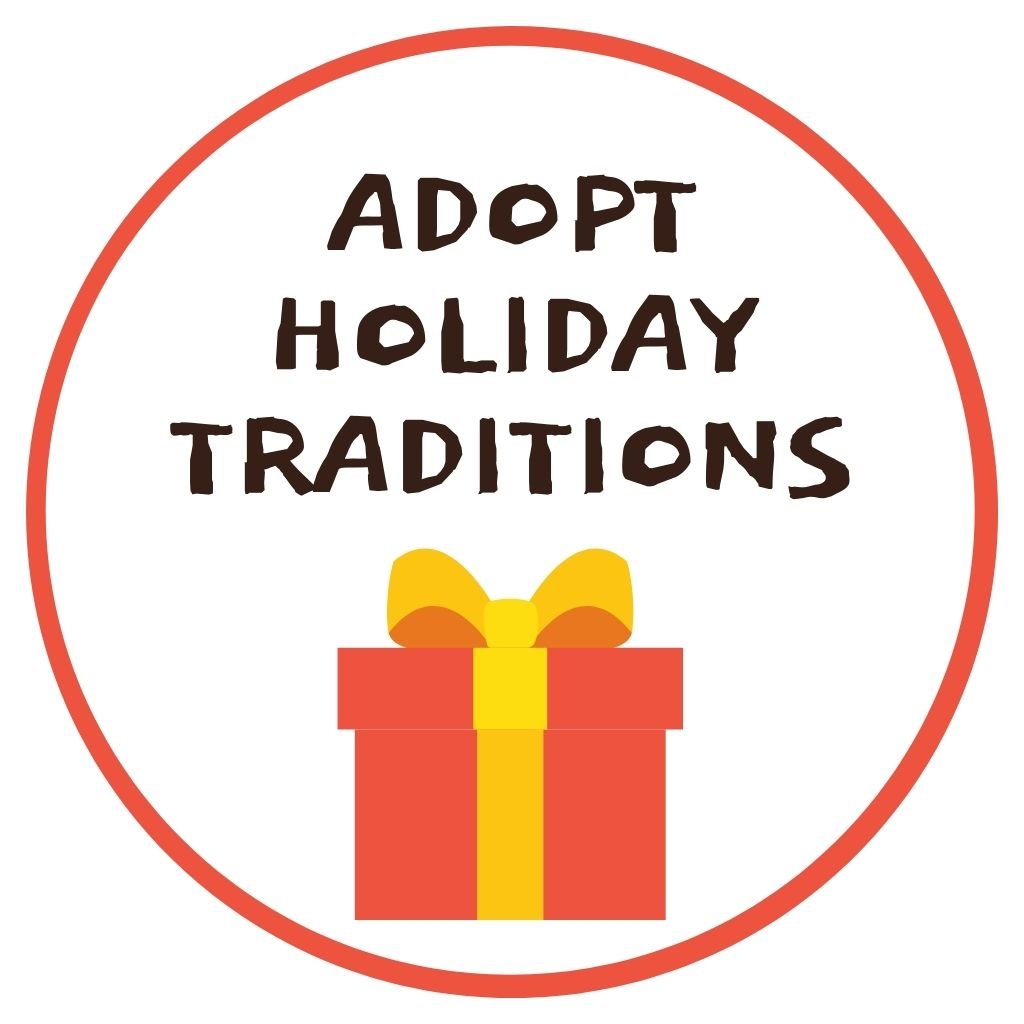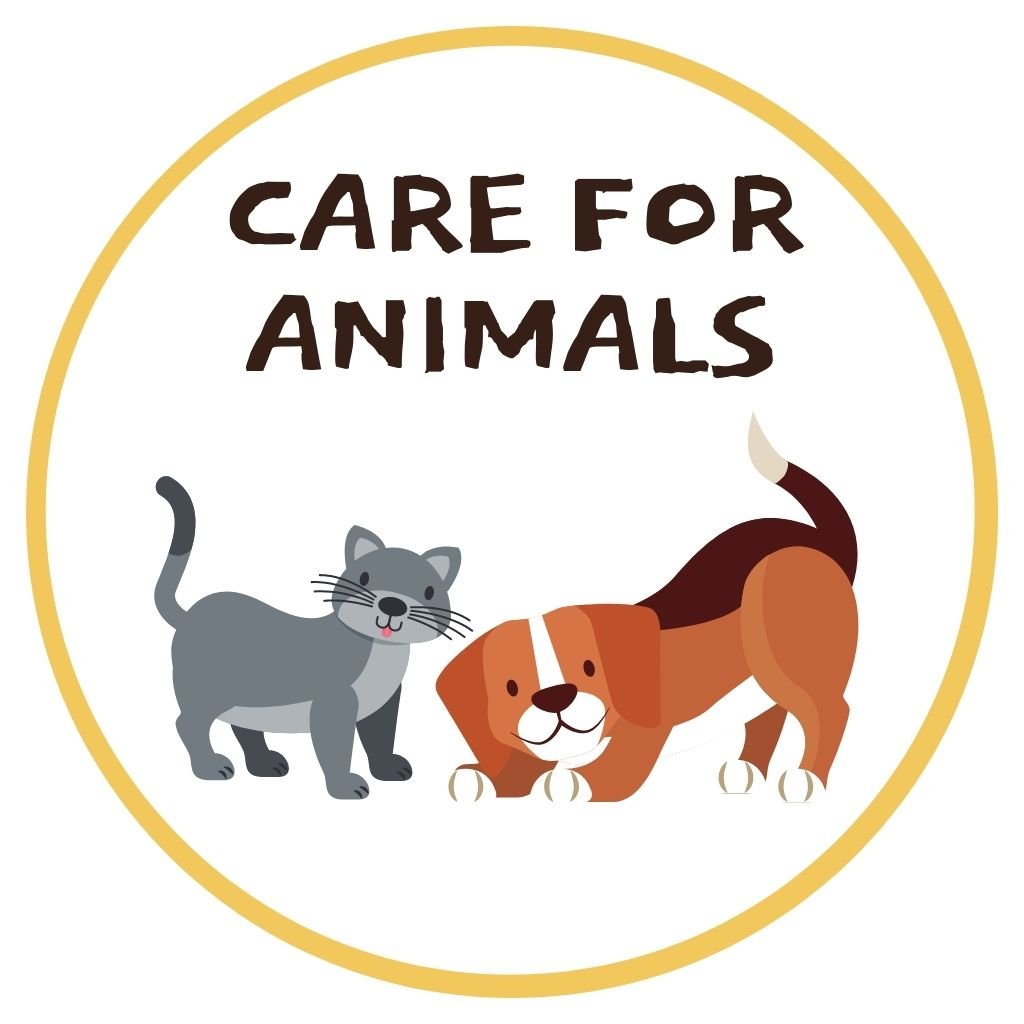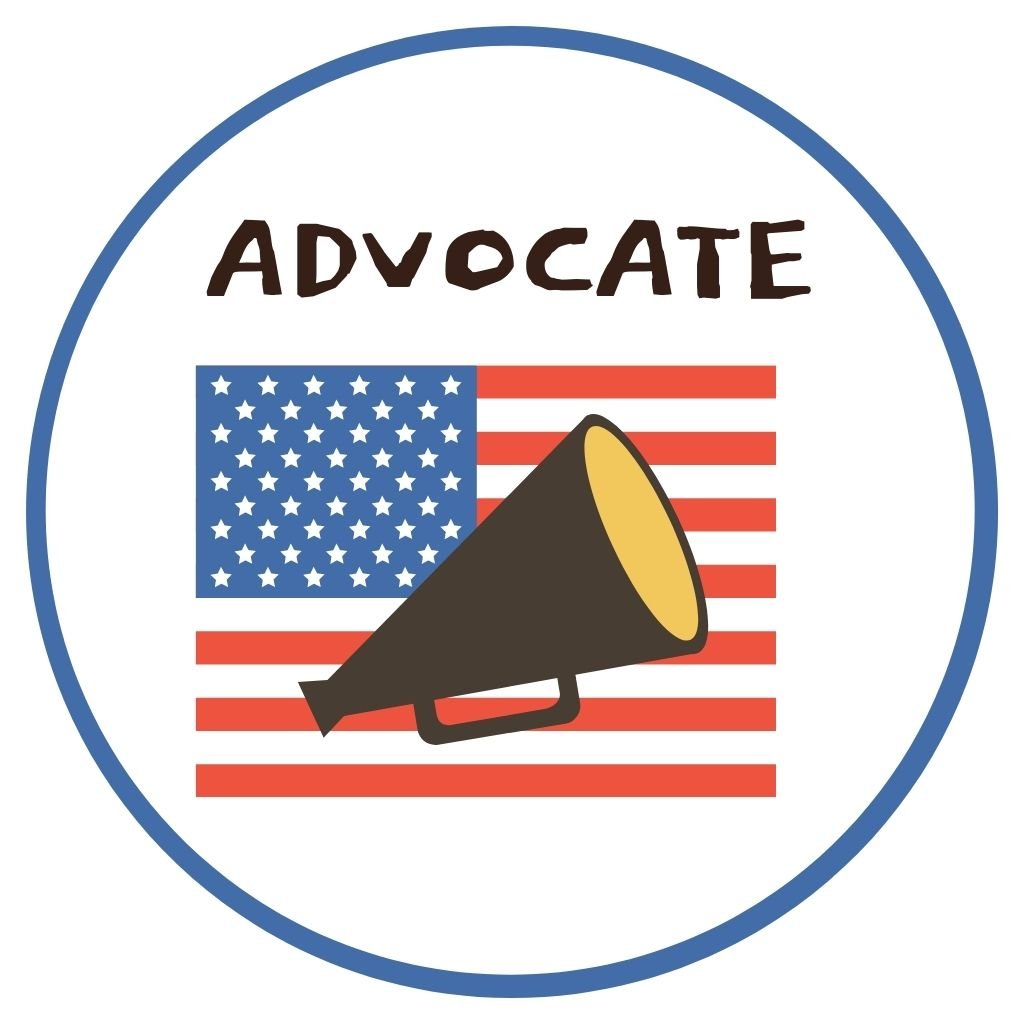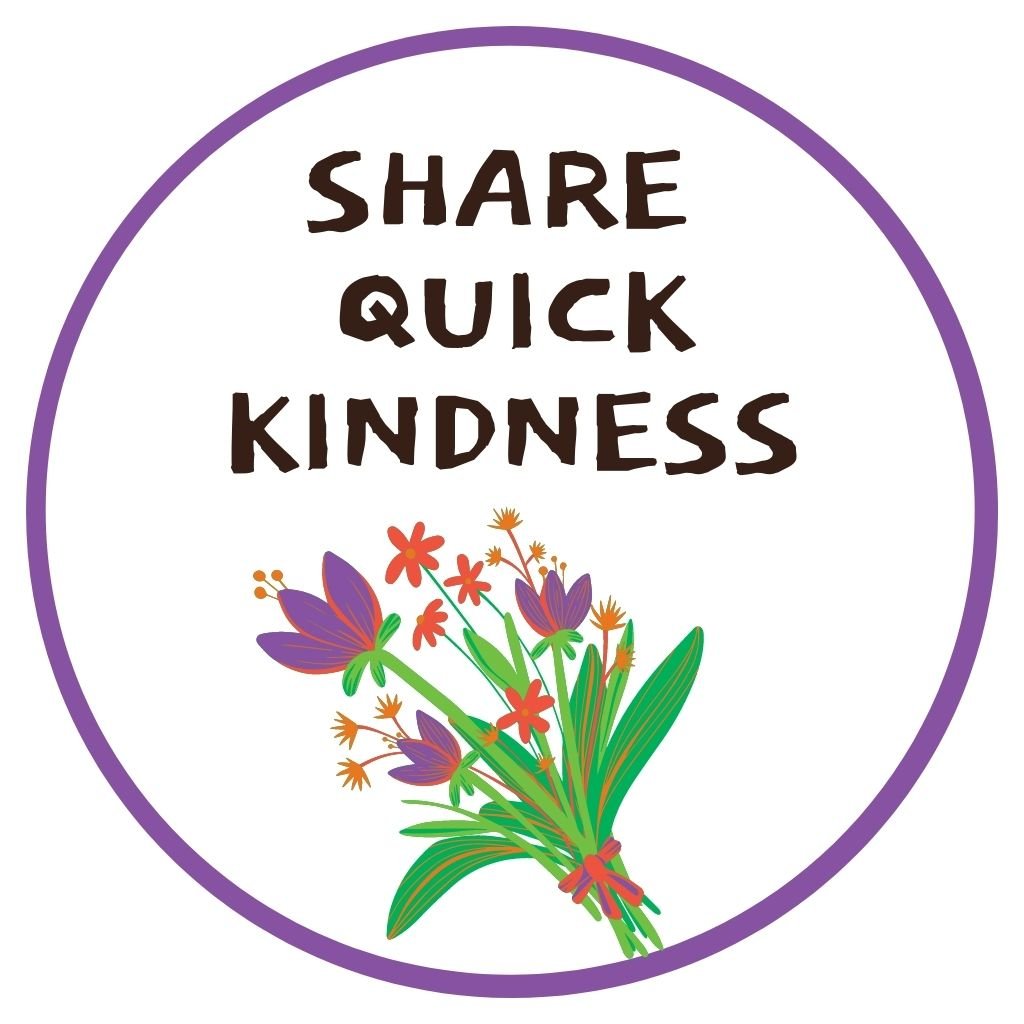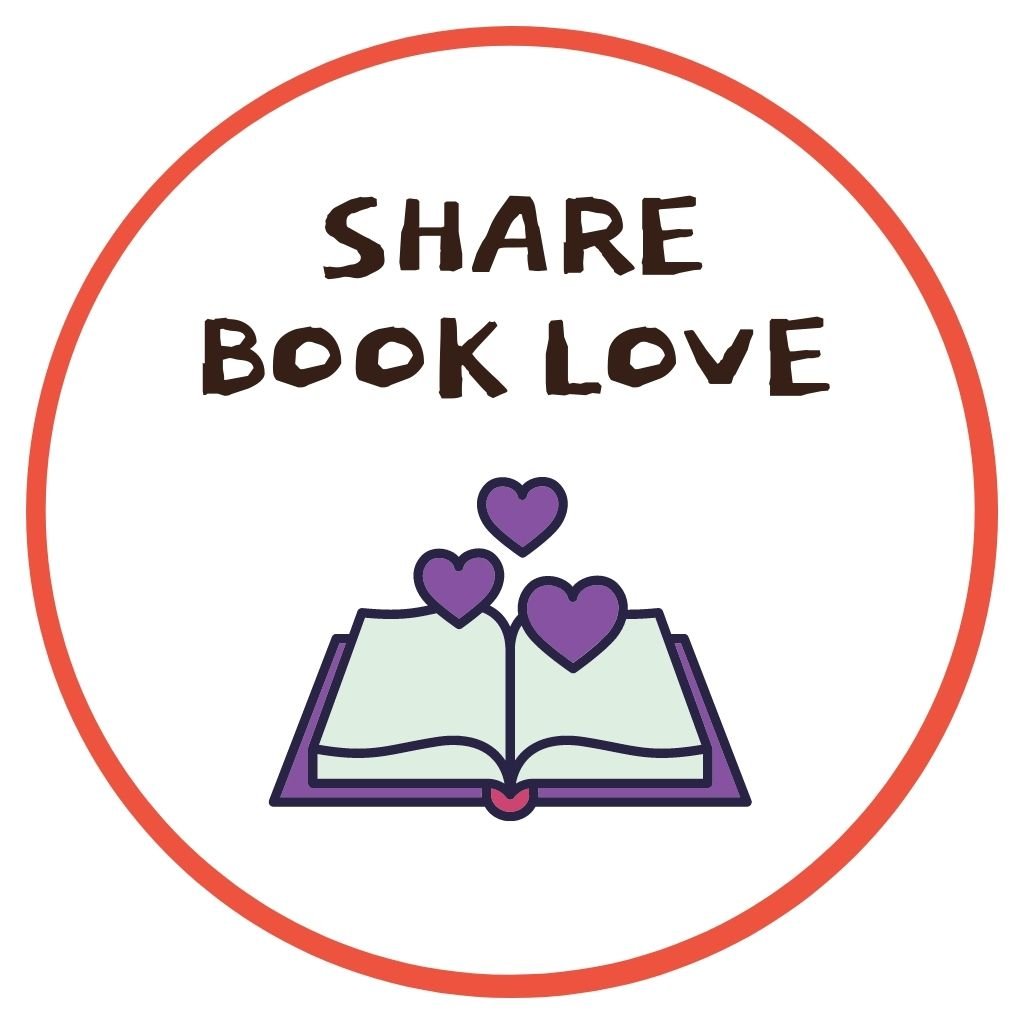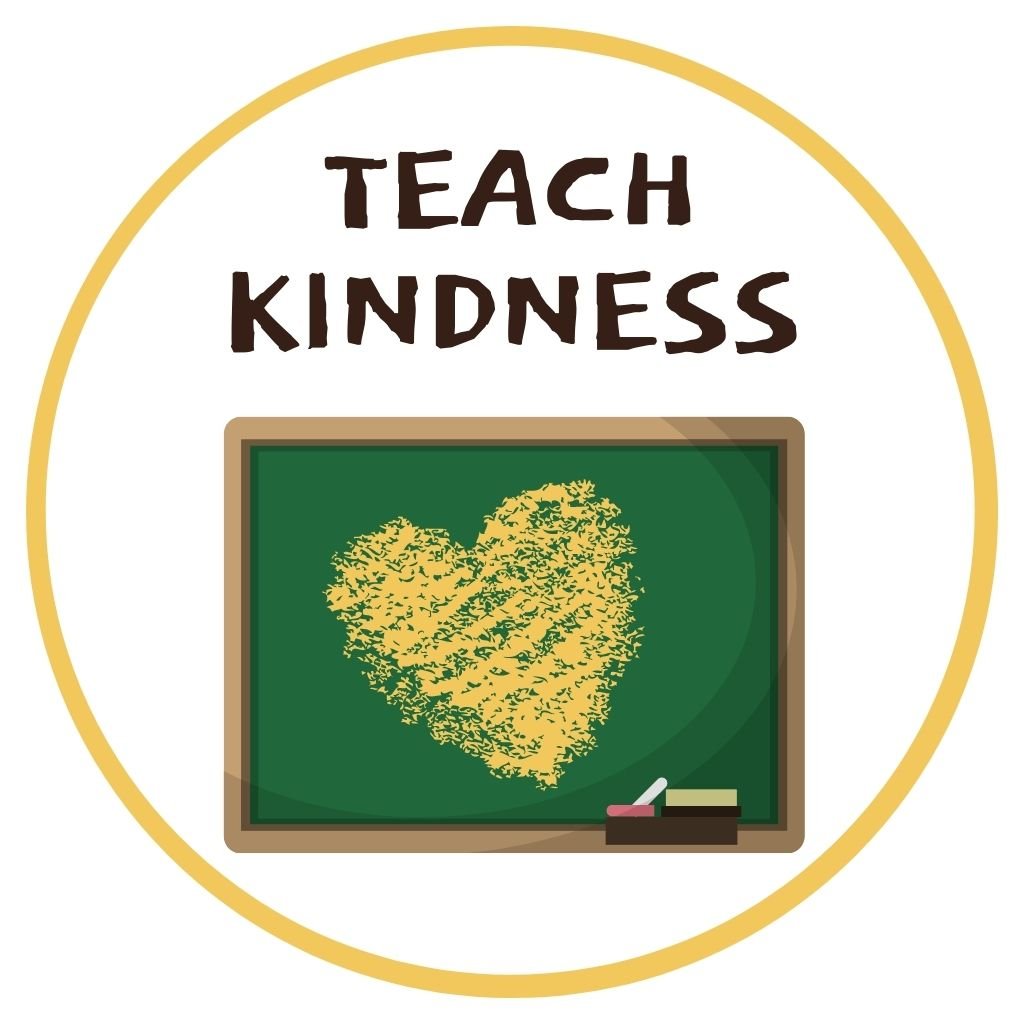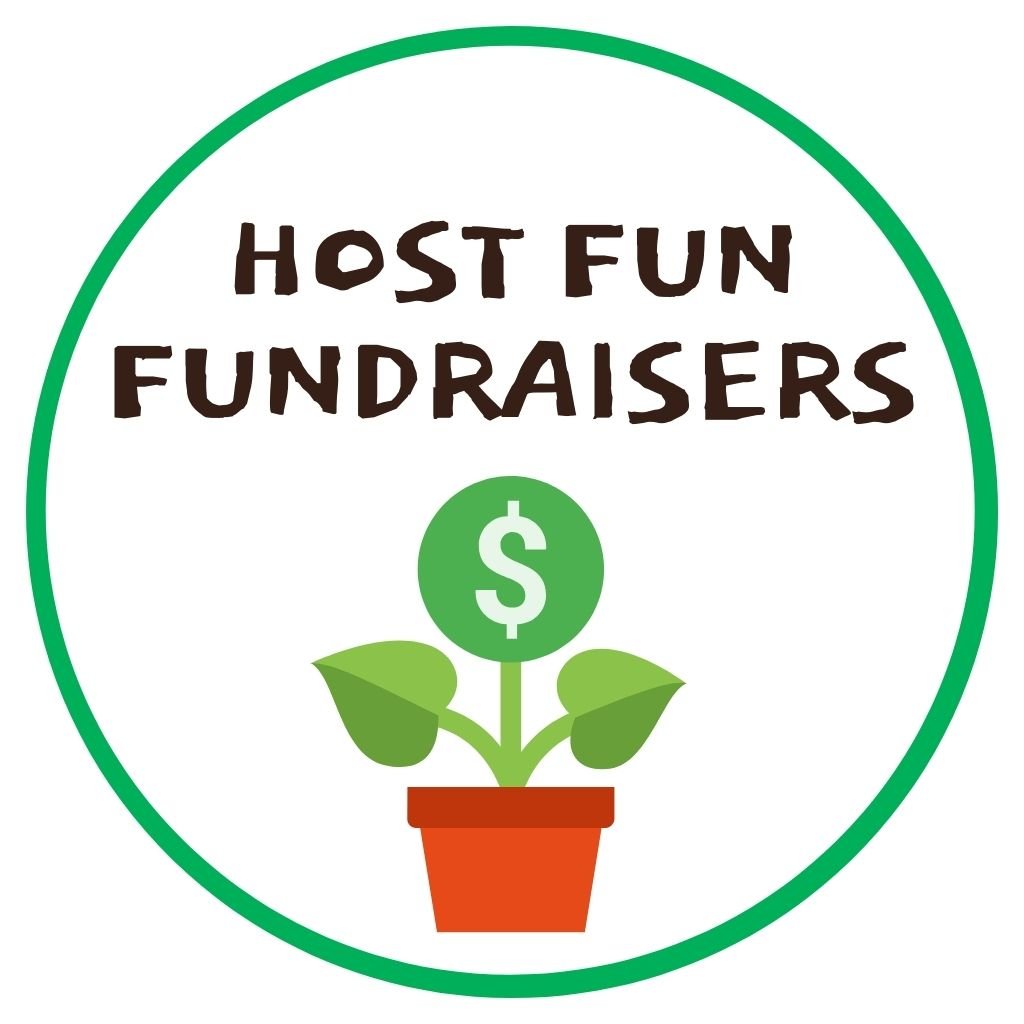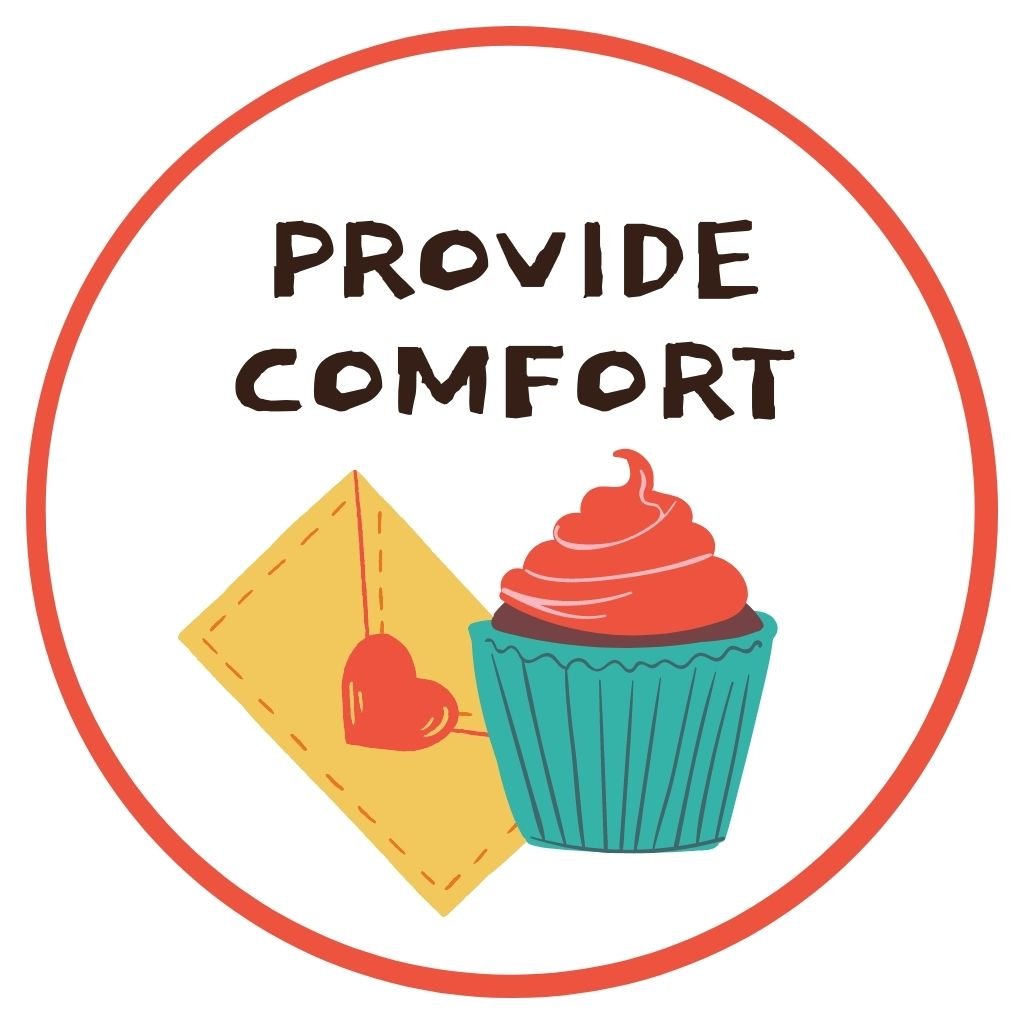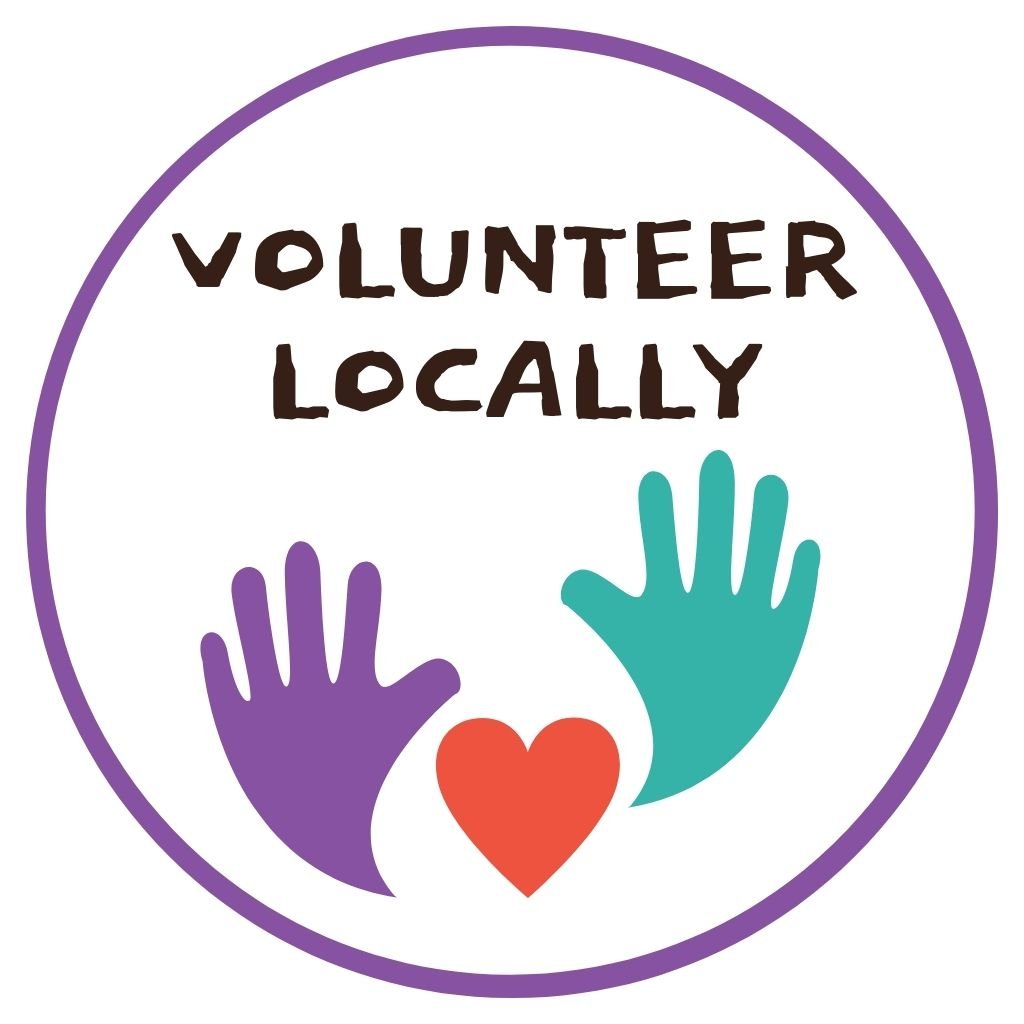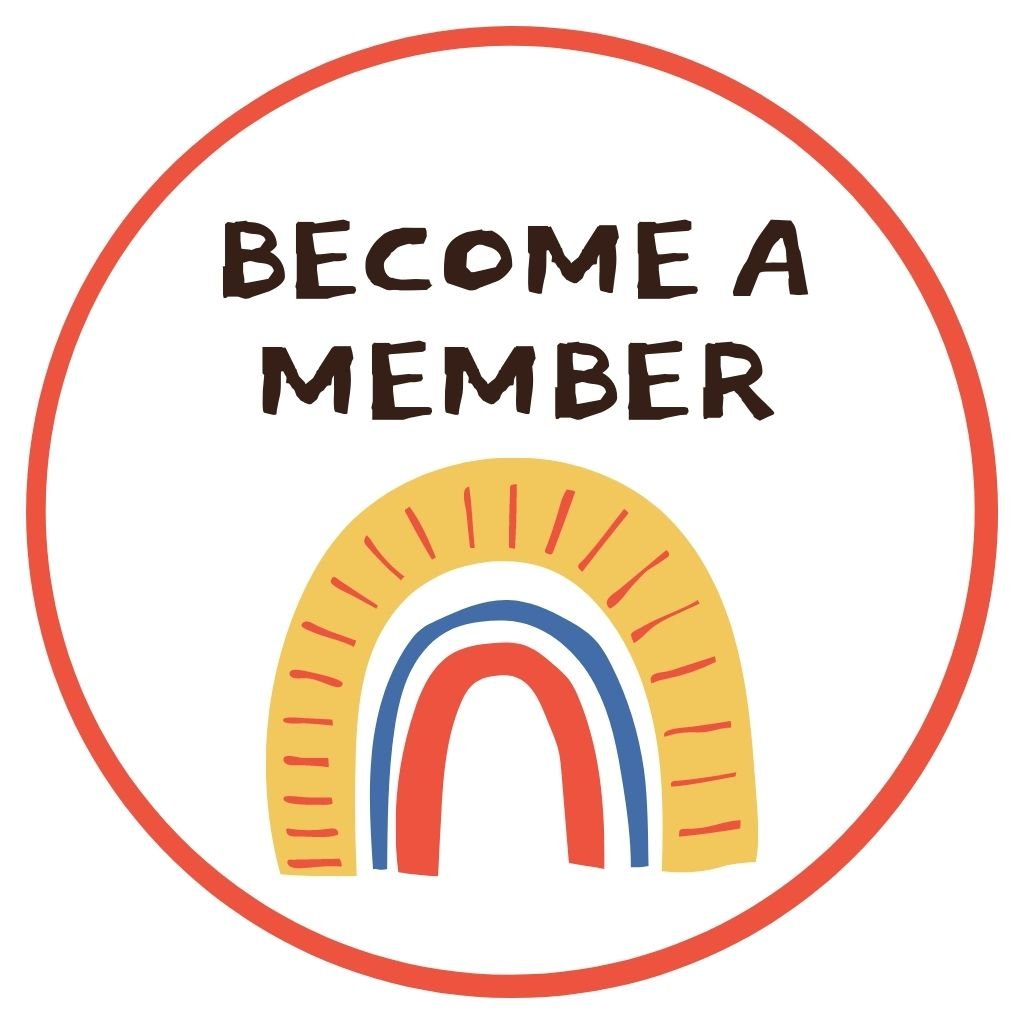Our family recently rediscovered Jon J Muth’s lovely version of Stone Soup - the classic tale you know so well. And one passage struck me as all too familiar.
As the hungry strangers descend the mountains toward the village below, Muth writes:
They could not see from so high above that the village had been through many hard times. Famine, floods, and war had made the villagers weary and untrusting of strangers. They had even become suspicious of their neighbors…
The villagers worked hard, but only for themselves...
They had little to do with one another.”
When people grow fearful and suspicious of one another, they keep to themselves. They stop being a community.
Lately, it feels as though we’re living in a divided, divisive society full of mistrust and a growing fear of others. We’ve become suspicious of our neighbors.
This trend is not just in our imagination. Empathy – our ability to look at the world from someone else’s perspective – is becoming all too scarce.
Consider the research.
Empathy is on the decline. According to a study from the University of Michigan, measurable empathy has declined 40 percent among college students, over the last 20 or 30 years.
Loneliness and social isolation are on the rise. Like the village in Muth’s story, our national “village” is growing more disconnected, a trend that is being called “a growing public health threat” or even “an epidemic.” The majority of Americans don’t participate in the social groups that once lead to a strong community.
Hate crimes are on the rise. While the overall crime rate has been dropping, hate crimes have reached a nearly ten-year high. These are the most extreme cases of bigotry. This suggests that the more common act of “othering” – the practice of categorizing those around us as “like me” or “not like me” and applying mistrust accordingly – might be on the rise as well.
Research finds kids are not seeing compassion and caring as priorities for the adults in their lives. In a fascinating study released by Making Caring Common, a project of the Harvard Graduate School of Education, researchers found that most children in middle school and high school value personal success (achievement and happiness) over concern for others, and they say their parents and teachers do, too. The study calls this a rhetoric/reality gap – "a gap between what parents and other adults say are their top priorities and the real messages they convey in their behavior day to day."
The good news is empathy is a skill, not a personality trait. At every age, we can get better at understanding and connecting with those around us.
There are many benefits to building more compassionate, connected communities.
Compassionate communities are resilient in the face of hardship: Communities with a culture of volunteering (greater numbers of volunteers and of nonprofits) recover more quickly from hard times – including recessions and natural disasters
Compassionate communities lead to greater variety and opportunity: Katherine Applegate distills this benefit of inclusive, compassionate communities in her latest book Wishtree: “Different languages, different food, different customs. That’s our neighborhood: wild and tangled and colorful. Like the best kind of garden.”
Compassionate communities encourage creative problem solving: Welcoming, supportive communities with greater diversity tackle communal problems more creatively. The more ideas bumping around in the community, the bigger the pool of possible solutions.
Compassionate communities break down stereotypes: The more we work to create a welcoming community, through volunteering and civic engagement and neighborliness, the more people we know from a larger cross section of humanity. The more we break out of our bubbles, the less room to rely on shallow stereotypes about differences, from age to race to gender.
Our differences should not make us afraid and suspicious of one another, as Muth writes in Stone Soup. They should inspire our curiosity.
We need to teach our hearts to face differences with earnestness. We should habitually wonder what is it like to be them, building empathy by practicing the art of swapping perspectives.
And as Coretta Scott King says in the quote below, we need to take action.
“The greatness of a community is most accurately measured by the compassionate actions of its members.”
For all who are ready to start taking compassionate action, here are six ways to get to work.
1. Encourage compassion in your community.
Young children and creative youth alike may enjoy decorating and sharing our new tear-off posters, designed to inspire and engage your community. Fill out the blank spaces with action ideas for your local area. Then place them at bus stops or bulletin boards in your neighborhood. Our two new versions are
One Beautiful Idea, a new poster featuring inspiring, community-focused quotations
Community Action, featuring Coretta Scott King’s quote (above) and prompts for community kindness.
2. Speak up for inclusion and equality.
Practice discussing important issues at home. Then bring your strengthened conversation skills out into the community. Get started with our popular article on civility: I Disagree: 7 Civil Conversation Skills for Kids, Teens, and Families.
Here are a few things to remember when speaking up for inclusion and equality.
Being kind means speaking out when you hear discriminatory or biased statements. Speaking up is especially important if you aren’t the target of the bias, as you make it clear that you stand for inclusion.
Amplify voices that may be overlooked. Make it a point to consume and share books, films, and news stories from multiple perspectives.
Everyone has something to contribute, and everyone needs the help of others. Stay humble. Respect those around you.
You don’t need to understand everything about someone to make them feel valued, respected.
Learning to speak up takes practice. And it’s never too late to start!
3. Live generously, daily.
This is Doing Good Together’s most frequently offered advice. We need to make habits of compassion, inclusion, and kindness as essential to our daily lives as other healthy habits. Discover a habit that works with your family routine on this extensive menu of habits for generous living.
4. Show up for your community.
Discover meaningful volunteer opportunities in your local community and make a point to get involved. Doing Good Together offers a number of worksheets designed to help your family discover your passion. Watch your local paper for opportunities. Sign up for our monthly volunteer listings, available in several major metropolitan areas. Or scroll down to browse our growing collection of simple service projects.
Show up in a more literal sense as well. Attend local events. Participate in annual festivities. Open your door to your newest neighbors and share a meal, soup perhaps, from time to time.
5. Share your story.
Often, people are reluctant to discuss their volunteer experiences. It feels too much like bragging. At DGT we believe that the more we share our everyday efforts to make a difference, not by bragging but by sharing simple, personal stories, the more we normalize giving and inspire generosity in others. Families routinely swap soccer tournament schedules and vacation plans. Let’s add senior home visits, food shelf drives, and neighborhood clean up to our conversations.
6. Read widely.
Here at Doing Good Together, we go out of our way to compile lists of amazing, compassion-building books. We do this because losing yourself in a good book allows you to immerse yourself in a new perspective more fully than any other media. Books invite us to truly walk in someone else’s shoes for a time. Make a commitment to read outside your genre and outside of your culture from time to time.
The most heart-warming aspect of Jon J Muth’s rendering of Stone Soup is the genuine community spirit that comes alive in its pages. Other versions of this fable cast the stranger as a trickster, sneaking a free meal off of the village. Some exaggerate the villagers’ coldness into outright meanness.
Muth’s story offers a starkly different take. Because one little girl grew curious about the monks and volunteered her mother’s large pot for their “stone soup” project, an inspiring (and familiar) chain of events was set off. Muth writes,
Something magical began to happen among the villagers. As each person opened their heart to give, the next person gave even more. And as this happened, the soup grew richer and smelled more delicious.
The village came together as a community around that pot of stone soup, each pitching in what they could. That evening, their banquet turned into a festival. A celebration of community. And when it was time for the monks to move on, they shared their gratitude.
“Thank you,” said the villagers. “With the gifts you have given, we will always have plenty. You have shown us that sharing makes us all richer.”
Let’s teach our children what it takes to build a strong, compassionate, welcoming community. Let’s teach them to be curious. To pay attention.
Let’s teach our children to take the sort of action that will make all our lives richer.
Still looking?
Find a compassionate act for your community in our growing collection.
If you like our free resources, you'll love our membership program! Join today and we'll help you keep kindness on your family calendar all year long
Disclaimer: Doing Good Together™ is a participant in the Amazon Services LLC Associates Program, an affiliate advertising program designed to provide a means for sites to earn advertising fees by advertising and linking to Amazon.com.
The recommendations we offer are based solely on our mission to empower parents to raise children who care and contribute.

